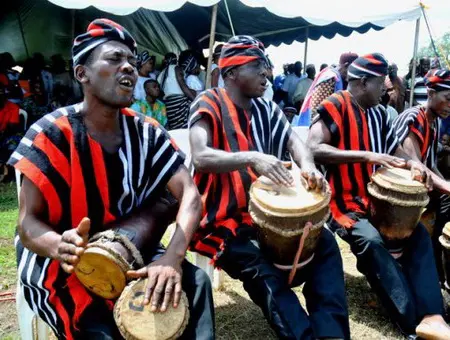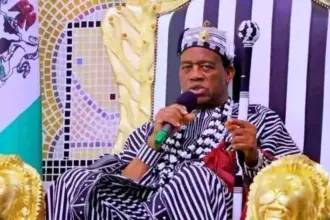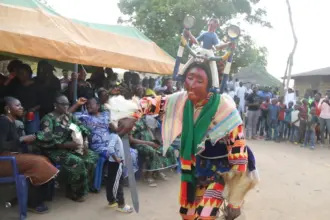In a thesis submitted to the School of Oriental and African Studies, University of London, in 1979, Sydney Littlefield Kasfir researched the work of Nigerian historian Erim O. Erim. He stated that the modern administrative unit over which the Och’Idoma has jurisdiction is a territory that includes certain people whose main language is not Idoma. Some of these people include the Akweya, Ufia, and Igede. In addition, certain Idoma-appealing people are located outside this territory (Armstrong, 1955).
The non-Idoma speakers, some of whom preceded the Idoma immigrants and others who arrived before them, have been carefully assimilated into Idoma culture while retaining distinctive cultural features, including artistic traditions, within the larger Idoma politics. In other words, the modern political and administrative entity, severally thought of as “Idoma Land,” is culturally heterogeneous; it is not a ‘‘tribe’’ in the sense of the widest kinship network, but a complex mixture of groups (Erim 1977:27).
 Therefore, the following discussion is a summary based on available sources of how, when, and by whom modern Idoma land came to be populated. The history of the Idoma, even in its broadest outlines, is fraught with difficulties for the researcher. First, those chronological indices commonly used by oral historians are conspicuously absent.
Therefore, the following discussion is a summary based on available sources of how, when, and by whom modern Idoma land came to be populated. The history of the Idoma, even in its broadest outlines, is fraught with difficulties for the researcher. First, those chronological indices commonly used by oral historians are conspicuously absent.
The Idoma have no generation sets, eclipse references, royal chroniclers, archaeological evidence, or descriptions by literary aliens. Nor is there any regional chronology in Nigeria to which Idoma history can be related. Even more problematic is that Idoma society and culture, as they exist today, are pluralistic. As a result of population movement in the Gongola and Benue valleys over the past 400 years, elements of Idoma culture today are very different from those before migration.
It might seem reasonable to conclude that a history of Idoma, in the rigorous scholarly sense, would be impossible to reconstruct. However, this is not the case.
In 1975, Erim O. Erim conducted an exhaustive series of interviews with virtually every kindred group in Idoma Land. What they do have, he concluded, is a wealth of royal and commander genealogies with internal cross-references and a few outstanding well-spaced ties in references to neighbouring peoples (1977:56). In addition to this, the Idoma have, as part of their highly elaborated ancestral cult, the alekwu chants, which are the closest Idoma equivalent to the fixed royal chronicle. Erim’s study has become the major source for reconstructing Idoma’s migration history. In broad outlines, it agrees with and often classifies the fragmentary earlier versions collected by the 19th-century explorers and later colonial administrators.

However, it differs in several points from Armstrong’s historical sketch in “People of the Benue-Niger Confluence” (1955:96–7). Since this work is the accepted standard ethnography of the Idoma, it is important to see where the two accounts diverge. Both agree on the following points: An enigmatic people, generally referred to as “Alepoto,” inhabited what is today Idoma Land before Idoma migrations. Most coastal Idoma groups claim to have migrated from Apa in the vicinity of modern Wukari. Several southern and western Idoma groups claim Igala origins.
Beyond these, the accounts differ. Most importantly, Erim proposed a much earlier date for the main migrations than had been previously assumed in most colonial period reports. His genealogical data indicate that the Idoma migrations were carried out in five phases between 1335 and 1775 and that the bulk of the population movements began and, in some cases, were completed by 1700 or so (1977:85). While avoiding explicit dates, Armstrong linked the main migrations to the 19th century.
The study of Idoma’s history reveals a rich tapestry of cultural diversity and migration patterns. By challenging conventional narratives and incorporating diverse sources, researchers like Erim O. Erim offer new perspectives on the complexities of Idoma identity and history.
Extract from the archives of the late Chief Akpallah Okenyodo’s research on history.



















